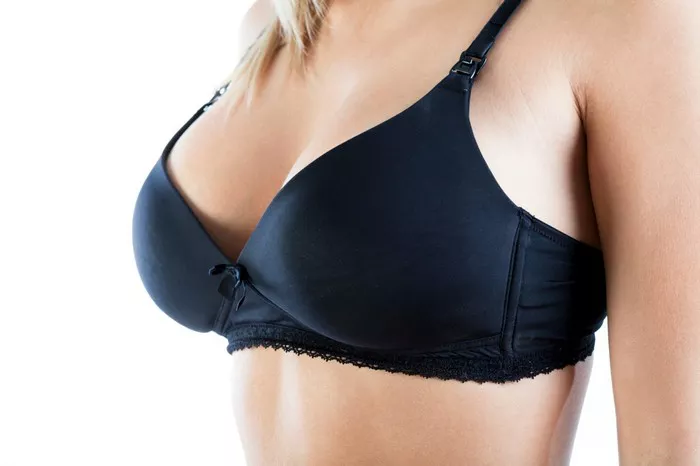Breast augmentation is a popular surgical procedure that aims to enhance the size and shape of the breasts. While the surgery itself brings about transformative results, it is essential to be aware of the healing process and potential side effects. Itching is a common sensation experienced by many patients after breast augmentation. In this article, we will explore the duration and causes of itching following the breast augmentation, as well as strategies to manage it effectively.
The Healing Process and Itching
Immediate Postoperative Period
After breast augmentation surgery, patients can expect some degree of itching and discomfort during the initial recovery phase. Itching may be more pronounced in the immediate postoperative period due to the healing process and the body’s response to surgical trauma. It is important to note that each patient’s experience may vary, and the duration and intensity of itching can differ.
Incision Healing
Itching commonly occurs around the incision sites, where the surgeon made the necessary openings to insert the breast implants. As the incisions heal, the surrounding tissues undergo a natural process of repair and regeneration. Itching can be a sign of this healing process and is usually temporary.
Nerve Regeneration
Breast augmentation surgery involves manipulating the breast tissues and can affect the surrounding nerves. Itching may arise as a result of nerve regeneration and the reestablishment of nerve pathways. The sensory nerves in the breasts can become hypersensitive during this healing phase, leading to itching sensations.
Scar Formation
Scar tissue forms as part of the body’s natural response to surgical incisions. Itching may occur as the scars mature and remodel over time. It is important to note that scar itching is generally a positive sign of the healing process, indicating that the body is actively working to repair the incision sites.
Managing Itching After Breast Augmentation
Follow Surgeon’s Instructions
It is crucial to follow your surgeon’s postoperative instructions diligently. They will provide specific guidelines on wound care, hygiene, and the use of prescribed medications. Following these instructions can contribute to optimal healing and minimize the risk of complications.
Avoid Scratching
Although itching can be uncomfortable, it is important to resist the urge to scratch the incision sites or the breast area. Scratching can irritate the skin, disrupt the healing process, and potentially introduce bacteria, leading to infection. Instead, use gentle tapping or applying cool compresses to alleviate the itch.
Hydrate and Moisturize
Keeping the skin well-hydrated and moisturized can help reduce itching. Drink plenty of water to promote overall hydration, and use a gentle, hypoallergenic moisturizer recommended by your surgeon to keep the skin nourished and supple.
Avoid Irritants
Avoid exposing the incision sites to irritants such as harsh soaps, perfumes, or lotions. These products can potentially exacerbate itching and cause skin irritation. Stick to mild, fragrance-free cleansers and moisturizers that are approved by your surgeon.
Use Cold Compresses
Applying cold compresses to the itchy areas can provide temporary relief. Place a clean cloth soaked in cold water or a cool gel pack on the affected area for a few minutes at a time. The cold temperature can help soothe the skin and reduce the itching sensation.
Over-the-Counter Remedies
Over-the-counter anti-itch creams or lotions may provide temporary relief. However, it is important to consult with your surgeon before using any new products to ensure they are safe and compatible with your healing process.
Avoid Overheating
Excessive heat and sweating can worsen itching. Avoid hot baths, saunas, or strenuous activities that can cause excessive perspiration. Opt for loose-fitting, breathable clothing to help regulate body temperature.
Patience and Time
Itching after breast augmentation is typically a temporary side effect of the healing process. It can vary in duration from a few days to several weeks. It is important to be patient and allow the body enough time to heal fully. Most patients find that the itching gradually subsides as the healing progresses.
When to Contact Your Surgeon
While itching is a common occurrence during the healing process, it is essential to be aware of any signs of infection or complications. Contact your surgeon if you experience any of the following:
- Intense, persistent itching that does not subside with time
- Increased redness, swelling, or warmth around the incision sites
- Pus or discharge from the incisions
- Foul odor coming from the incisions
- Fever or chills
Your surgeon will evaluate your symptoms and determine if further intervention or treatment is necessary.
Conclusion
Itching is a common sensation experienced by patients after breast augmentation surgery. It is typically a temporary side effect of the healing process, as the body repairs and regenerates the tissues. By understanding the causes of itching and implementing strategies to manage it effectively, patients can navigate the healing process more comfortably. Remember to follow your surgeon’s instructions, practice good wound care, and be patient as your body recovers and adjusts to the changes brought about by breast augmentation.


